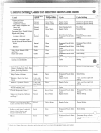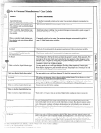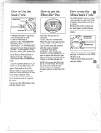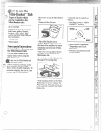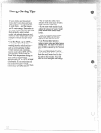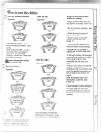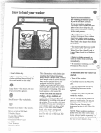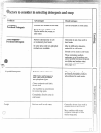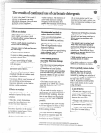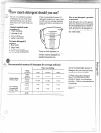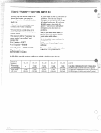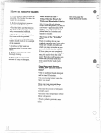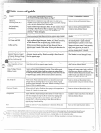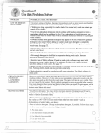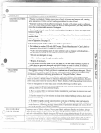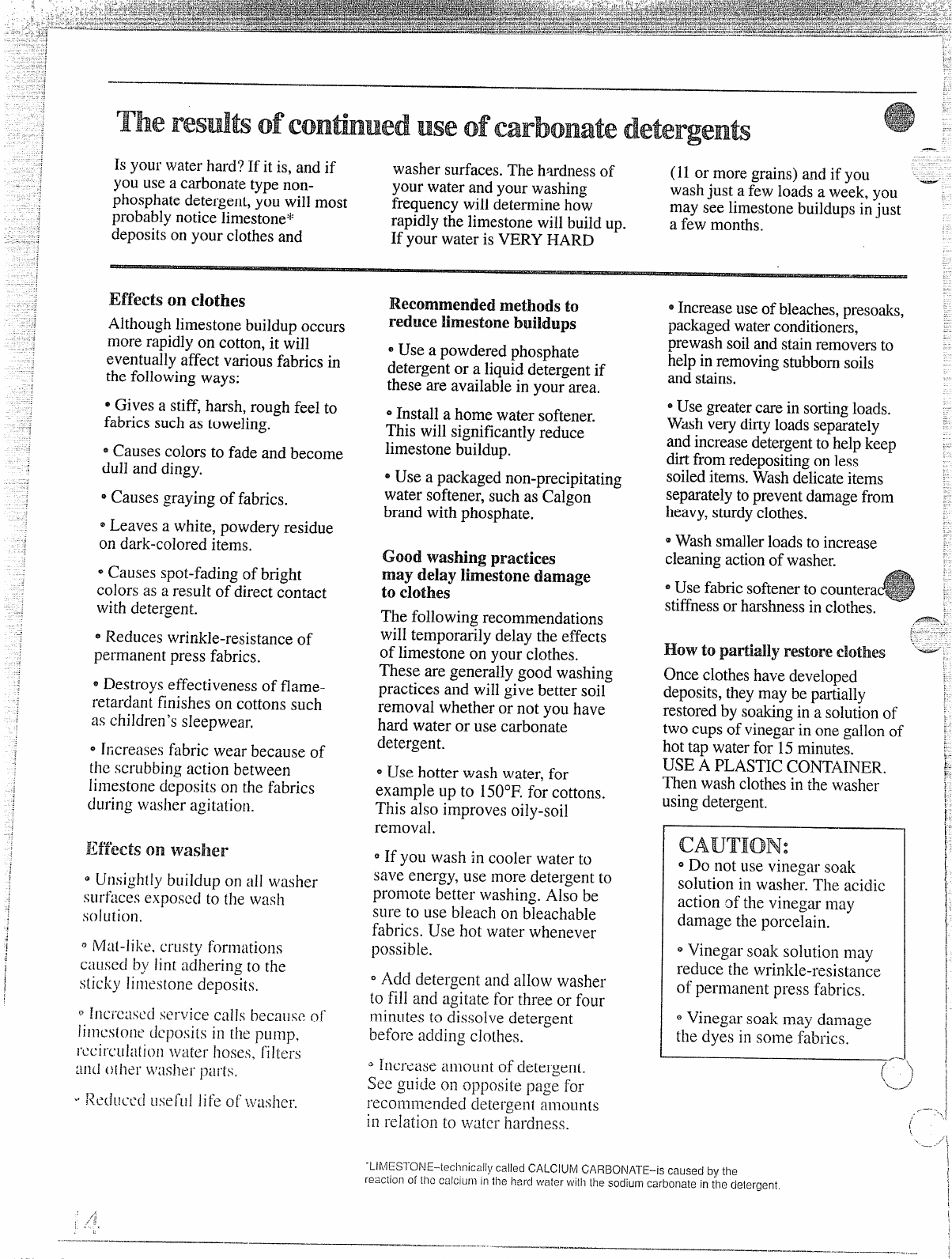
—
The resdk ofconthued useofcarbonate detergents
—
—
Is your waterhard? If it is, and if
washer surfaces.The hmdnessof
(11or more grains)and if
you ---
you use a carbonatetypenon-
your water and your washing
washjust a few loads a week, you
phosphatedetergent,you will most
frequency will determinehow
may see limestonebuildupsinjust
probablynotice limestone*
rapidly the limestonewill build up.
a few months.
depositson your clothesand
If your water is VERY HARD
Effects on clothes
Althoughlimestonebuildup occurs
more rapidly on cotton, it will
eventuallyaffect variousfabrics in
the following ways:
oGives a stiff, harsh, rough feel to
fabrics such as toweling.
~Causes colors to fade and become
dull and dingy.
@Causesgraying of fabrics.
~Leaves a white, powdery residue
on dark-colored items.
~Causes spot-fading of bright
colors as a result of direct contact
with detergent.
~Reduces wrinkle-resistance of
permanent press fabrics.
~Destroys effectiveness of flame-
retardant finishes on cottons such
as children’ss]eepwear,
@
1ricreasesfi~bricwear because of
the scrubbing action between
limestone deposits on the fabrics
(lLlringwasher agittltioll.
~~nsightly buildup on a]l washer
sLlrfaccsCxposedto the wash
solution.
~M:It-like.crusty forn~ations
c:~LIscclby ]int adhering to the
sticky lin)tstone deposits.
Recommended methods to
reduce
limestone buildups
@Use a powdered phosphate
detergentor a liquid detergentif
these are availablein your area.
~Install a home water softener.
This will significantlyreduce
limestone buildup.
~Use a packaged non-precipitating
water softener, such as Calgon
brand with phosphate.
Goodwashing practices
may delay limestone damage
tocIoth4?s
The following recommendations
will temportily delay the efiects
of limestone on your clothes.
These are generally good washing
practices and will give better soil
removal whether or not you have
hard water or use carbonate
detergent.
oUse hotter wash water, for
example up to 150°F.for cottons.
This also improves oily-soil
removal.
~If you wash in cooler water to
save energy, use more detergent to
promote better washing. Also be
sure to use bleach on bleachable
fabrics. Use hot water whenever
possible.
QAdd detergent and allow washer
to fill and agitate for three or four
minutes to dissolve detergent
before acidingclothes.
~]tlc]”c:iseamount of detergent.
See
~Lli~C 011 opposi[e page for
recommended detergent amounts
in relatian to v~atcrhardness.
@Increaseuseof bleaches,presoaks,
packagedwaterconditioners,
prewashsoiland stainremoversto
help in removingstubbornsoils
and stains,
eUse greatercare in sortingloads.
Washvery dirtyloads separately
and increasedetergentto help keep
dirtfrom redepositingon less
soileditems.Washdelicateitems
separatelytopreventdamagefrom
heavy,sturdyclothes.
~Wash smallerloadsto increase
cleaningactionof washer.
oUse fabricsoftenerto counter
stiffnessor harshnessin clothes.
.~ ,
:---- ~
.
How to partially restore Clothe$ ‘----
Once clotheshave developed
deposits,they may be partially
restoredby soakingin a solutionof
two cupsof vinegarin one gallon of
hot tap waterfor 15minutes.
USEAPLASTIC CONTAINER.
Then wash clothesin the washer
usingdetergent.
CAUTION:
~Do not use vinegar soak
solution in washer. The acidic
action 3f the vinegar may
damage the porcelain.
~Vinegar soak solution may
reduce the wrinkle-resistance
of permanent press fabrics.
QVinegar soak may damage
the dyes in some fabrics.
,-”
i
..
L.
-J’\
i
‘LlhjESl”O[\JE-teclltlicall\/ called CALCIUhflCARBONATE-is caused by the
,
reaciion of th~calciuil~ in the hard wfater~viththe sodium carbonate in the detergent,
t
I
/’;
,i
,.
L’
...—..—. ...
—
.—.——— —__... . _
-..
-—
I
.— ,— ---
— . .....—
-—___________
t
1
I
I



